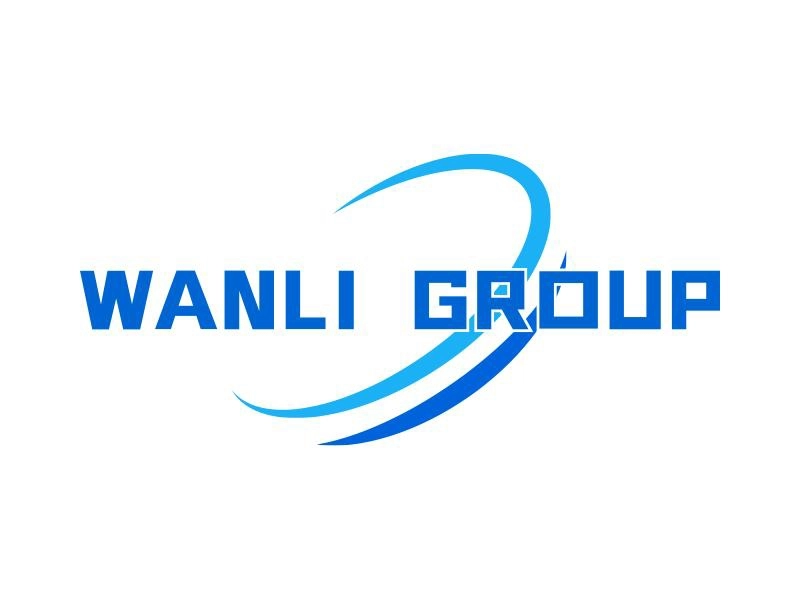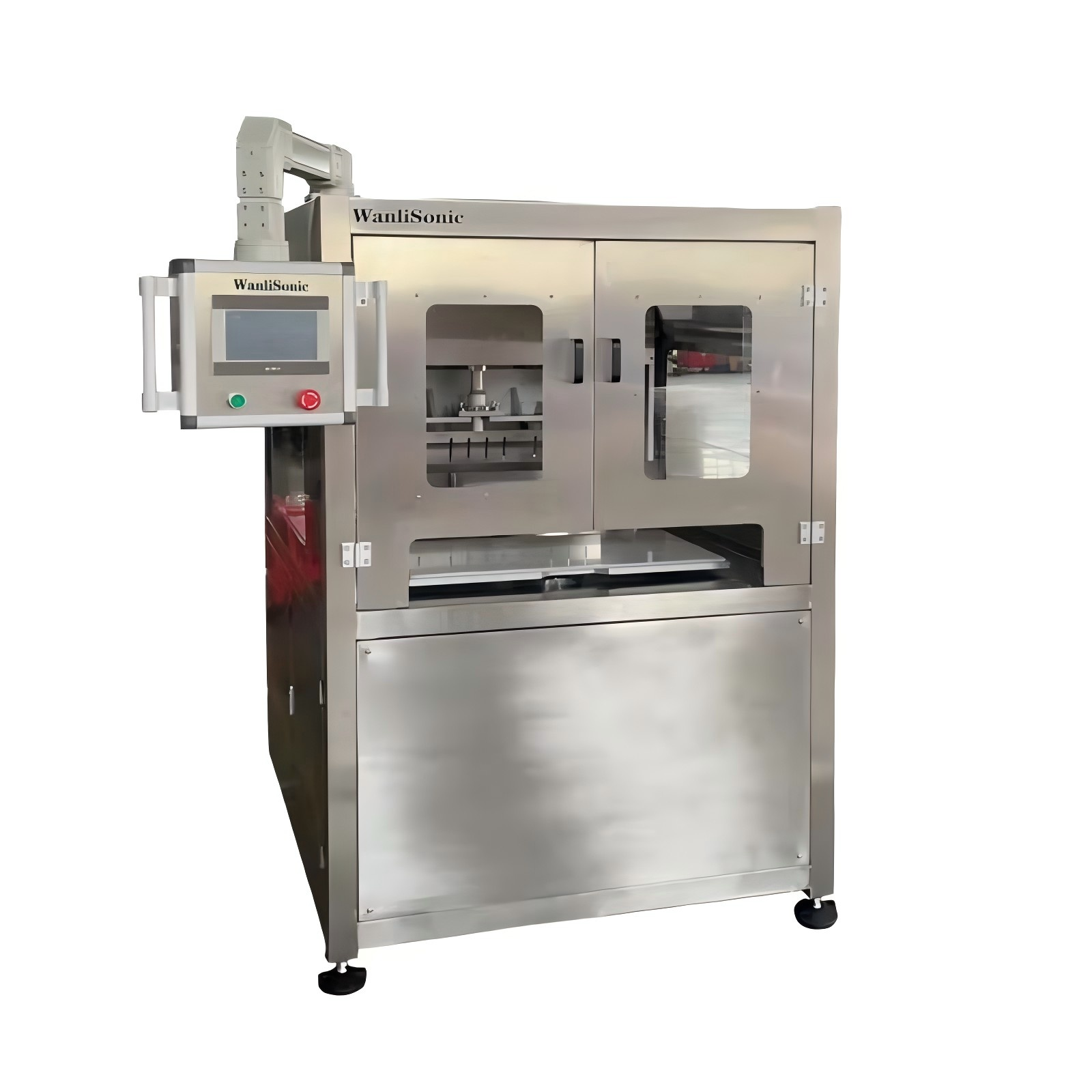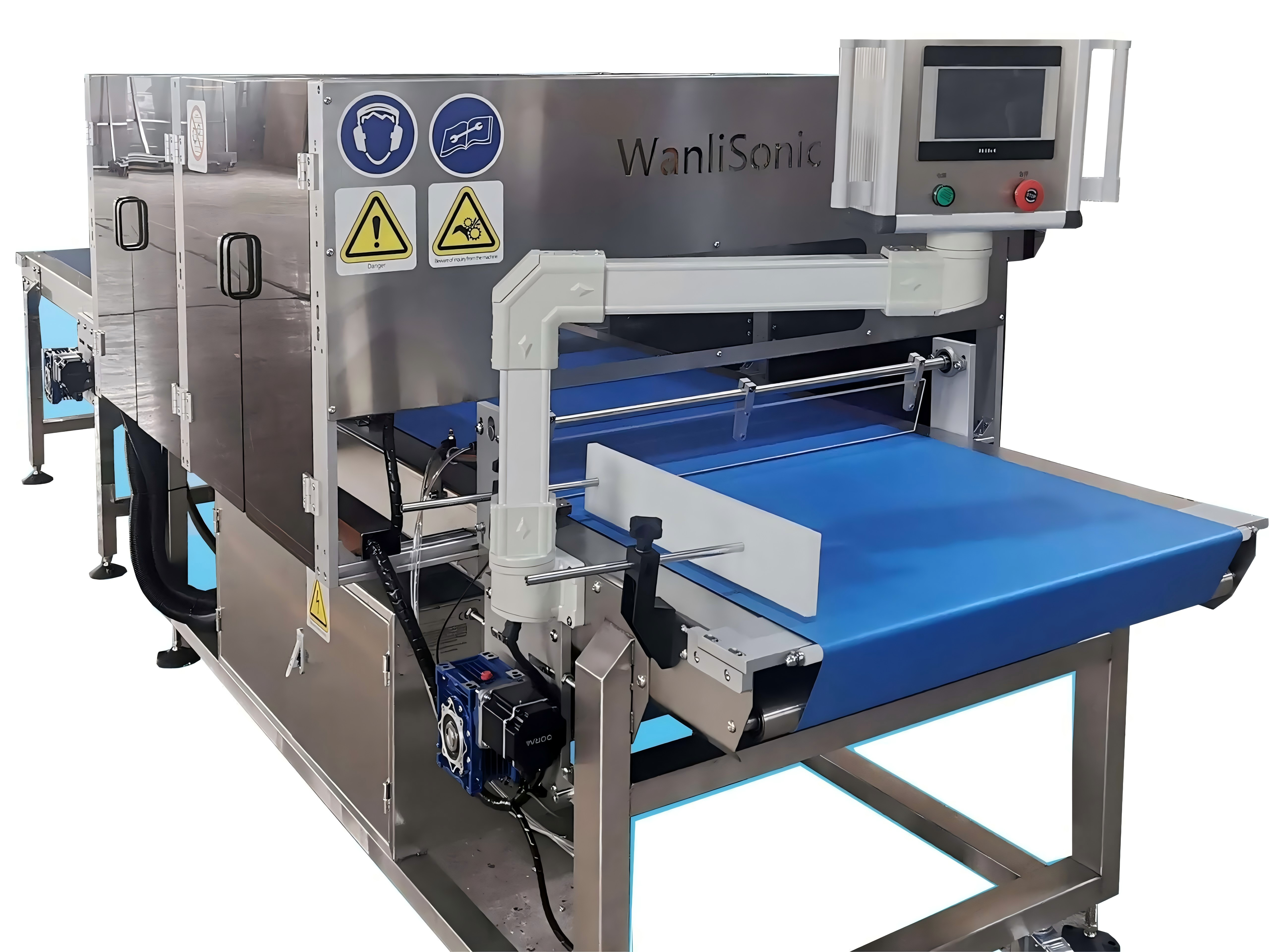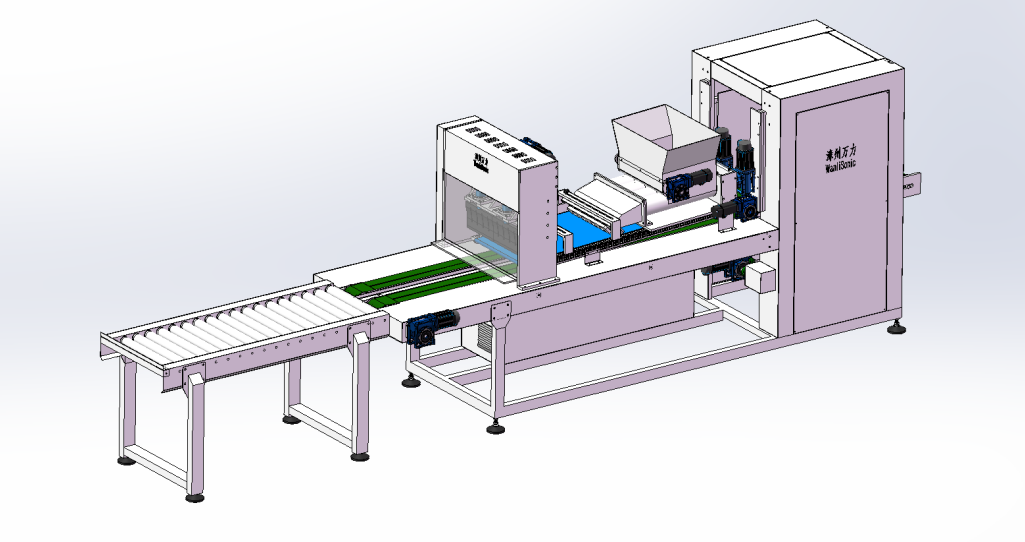Ultrasonic emulsification refers to the process of mixing two (or more than two) immiscible liquids to form a dispersed system under the action of ultrasonic energy, in which one liquid is evenly distributed in the other liquid to form an emulsion.
Ultrasonic emulsification has been applied in various fields, and has played its unique role in various fields.
There are many applications of phacoemulsification that have been industrialized. Phacoemulsification is one of the earliest ultrasonic technology used in food processing. Such as soft drinks, ketchup, mayonnaise, jam, artificial milk, baby food, chocolate, salad oil, oil, sugar and other mixed foods used in the food industry, have been tested and adopted at home and abroad, and have improved The effect of product quality and production efficiency, and the aqueous carotene emulsification has been successfully tested and used in production.
The physical modification of ultrasonic dispersion combined with high-pressure cooking is used to pre-treat the banana peel powder, and then the banana peel powder is enzymatically digested with amylase. A single factor test was used to study the effect of this pretreatment on the extraction rate of soluble dietary fiber in banana peel and the physical and chemical properties of insoluble dietary fiber in banana peel. The results showed that ultrasonic dispersion combined with high pressure cooking treatment was more simple than without pretreatment The insoluble dietary fiber obtained by enzyme treatment increased water holding capacity by 5.05g / g, combined water holding capacity by 4.66g / g, oil holding capacity by 4.60g / g, and swelling by 0.4mL / g.



